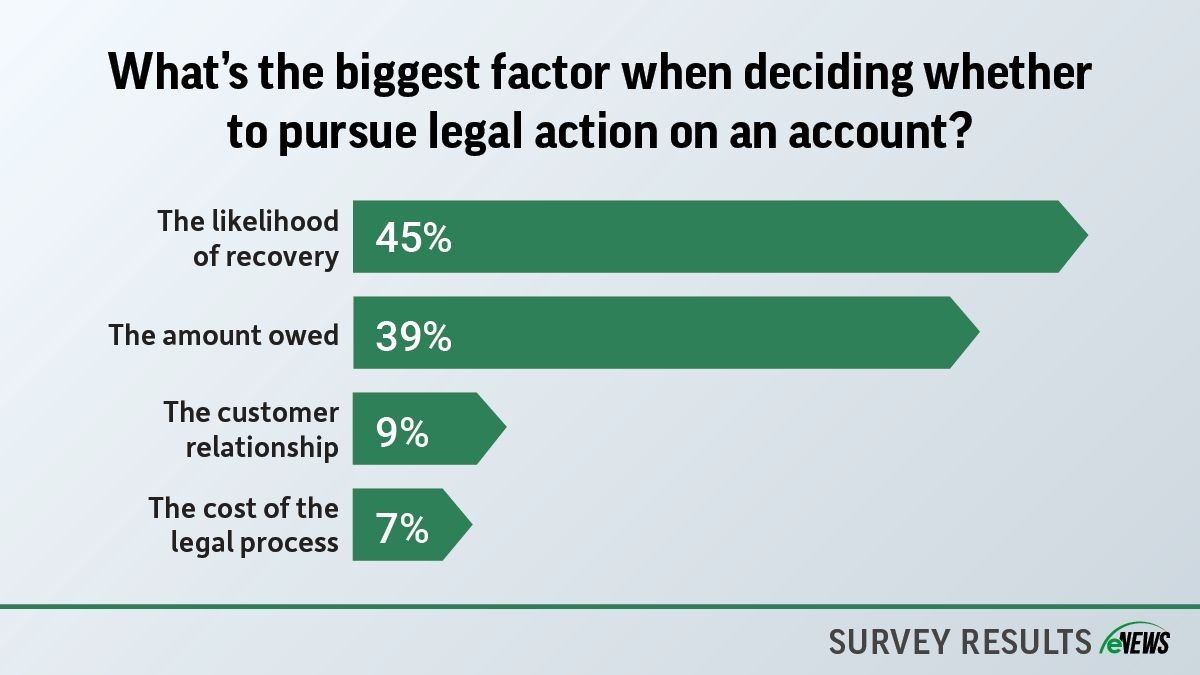eNews, Leadership
Building trust as a new credit manager

Great leaders can create impactful change, build sustainable relationships and leave a legacy of culture. But what happens when they leave?
For many credit managers, the legacy left behind by a trusted and experienced leader is one of solid relationships and established trust with clients. As the new credit manager stepping into a position held by a long tenured one, earning the confidence of existing customers is key to maintaining smooth operations and ensuring continued sales success.
A successful succession plan is the first of many steps to achieve a seamless transition. Identifying potential leaders and developing their skills to ease into a new role is relatively easy. The hard part is instilling softer skills such as emotional intelligence and confidence—two very important characteristics the successor will need to gain the trust of those they oversee.
Reach out first. Don’t wait until your successor leaves to meet the customer. Take a proactive approach and start building the relationship while the existing credit manager is still available to help. Shadowing your successor is important for exposure. This can include joining calls with key customers, looking over processes and history and even being introduced before the existing credit manager is officially gone.
“The bulk of our communication is through email, so I asked my outgoing manager to copy me on all emails that they were sending to the customer,” said Jerri Styes, senior regional credit manager at H&E Equipment Services, Inc. (Henderson, CO). “I wanted to see how they were communicating with our customers because the biggest thing in running a credit department is customer service. I would jump in on that communication and say, ‘if there’s anything you need from me, feel free to reach out’ so I was very visible.”
Acknowledge your predecessor’s impact. It is no secret that the previous manager built a legacy with their work and some customers may even compare you to them unknowingly. Either way, it is important to recognize the structure in which everything was built so that you can proceed to introduce new ways of thinking.
“The previous manager was here for 30-40 years, so it was a big change, especially during COVID,” said Bell Silva, credit manager at Marek Brothers Systems LLC (Houston, TX). “With everyone being remote, it was challenging to gain the trust of our customers. My goal for the first year was to not hear the previous manager’s name anymore and make a name for myself.”
Be 100% transparent and honest. Trust is built through vulnerability and honesty. It is important for you to show up authentically so that your customers can get to know you for you, not living in your previous manager’s shadow. Leaders who demonstrate vulnerability are perceived to be more credible than those who put on a perfect front. When you acknowledge your mistakes, it reinforces trust.
Don’t rush the relationship. If a previous manager was in their position for decades, chances are they have built a strong rapport with certain customers. This could also mean that the previous manager may have let those customers get away with certain practices such as paying late.
“I had to come in and prove myself to them,” said Styes. “There were a lot of questions about what’s going to change. ‘Are you going to change who handles my account? Are you going to change the way my account is handled?‘ It was a big challenge for some of the larger customers, but you have to walk the talk. I let them know I did not plan on making significant changes right away.”
Ask your sales team for help. The sales team is involved with a customer just as much as the credit department, and sometimes even more. Some credit professionals will have a rotating system where they will switch customers after a certain period to prevent them from relying solely on one person or team.
“We don’t want anybody getting too used to a certain customer,” said Brendon Misik, CCE, CICP, senior manager ag credit at Nutrien (Deerfield, IL). “It’s good training for the credit manager. You might also be dealing with a new salesperson, so you don’t want to suddenly put someone on credit hold when you know the customer and sales weren’t aware of it. You have to build the trust up.”
The bottom line: When succeeding the position of a well-established professional, it is important to take one step at a time to get up to speed and gain the trust of customers.





